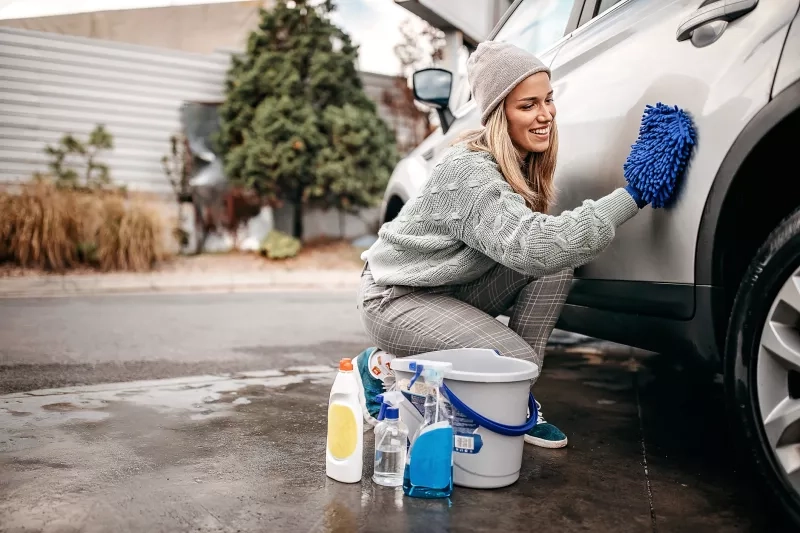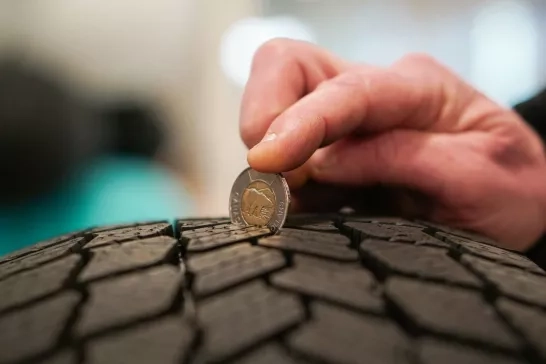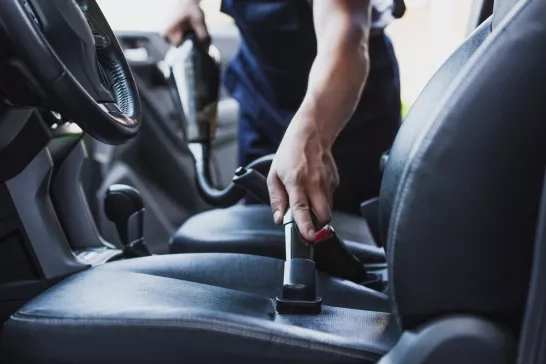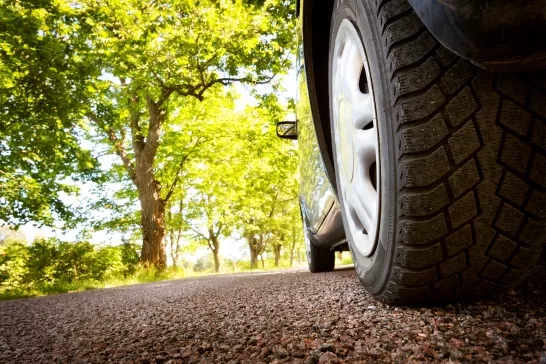
How to keep your car maintained during a driving hiatus
1 Minute Read
Depending on how long your car stays unused, different issues can arise, such as dead batteries, stale fuel, rusty brakes or issues with rodents and other critters.
Here are a few tips to keep your car running properly during a hiatus from driving:
Clean it well
Make sure you remove any hard-to-remove dirt from the paint and polish or wax the exterior. Don’t forget the interior!
Gas up
If your vehicle will be idle for more than 30 days, fill it up to the brim. This will help prevent moisture from building up in the fuel tank. When full, add a fuel stabilizer (stabilizers have a shelf life of three months and may help keep the fuel lines and engine from corroding).
Inflate the tires
The temperature will fluctuate and then the tires can slowly lose pressure. Remember to inflate to the recommended air pressure for the tire, and not to over inflate. (The correct pressure can usually be found on a placard on the driver-side door jamb).
Top-off fluids
This includes the brake fluid, engine coolant, windshield wiper fluid, power steering fluid, and transmission fluid (if applicable). Consider performing an oil change if you know the vehicle will be seldom driven.
Protect the battery
It will eventually lose its charge if it isn’t driven at least once every few weeks. A trickle charger or battery tender with an automatic shut-off feature will keep the battery in good condition when the vehicle isn’t being driven.
Keep it covered
A quality cover that securely fits the vehicle will keep out moisture and allow proper airflow. This cover will protect the exterior from bumps, scratches and dirt. It might also be a good idea to put steel wool in the air cleaner intake and exhaust pipe to keep unwanted small animals and critters from using it as shelter.
Go for a spin
Drive your vehicle at least once a week for 30 minutes. This will circulate the fluids, prevent flat spots on tires, and remove rust spots on brake rotors (which can lead to brake pulsations if not caught early).




